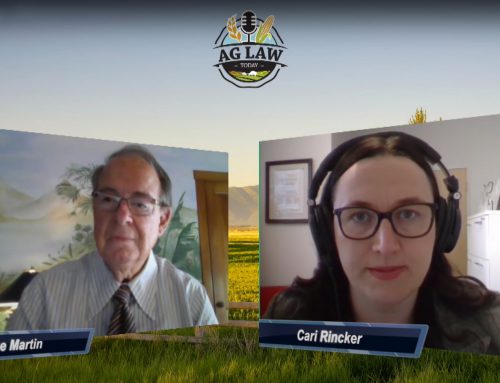“Drone lands on White House lawn.” Headlines like these are becoming commonplace as drones become more popular, cheaper, and easily obtainable. We’re only just beginning to explore possibilities of drone use, and one of those uses is in agriculture.
However, drone technology is nothing new to the University of Florida. With their Unmanned Aircraft Systems Research Program, they have been studying drone technology for a decade and a half. While the program initially was intended to study nature, its potential use in agriculture has been getting more attention. Along with drone technology, other technologies and applications have to be developed and improved simultaneously. Data analysis and imagery calibration need to progress more quickly to keep up with the rapidly advancing drone technology. Other issues include making systems smaller in order to fit within acceptable weight and size parameters.
One big question is how exactly farmers in Florida will use drone technology productively and efficiently. The major problem in Florida’s agriculture currently is Huanglongbing (HLB) which is also known as citrus greening. Engineers at the University of Florida are busy working on how to spot HLB from the air. Having people manually look for the disease is expensive, so finding it using drones has become a top priority. The drones being used in their research has become so small, they only weigh a couple of pounds and only measure a couple feet across.
Other agricultural uses of drones will not only include searching for disease, but also looking for insects, estimating crop quantity, and gauging moisture content. Mounted cameras on drones have been an integral part of agricultural drone use so far.



